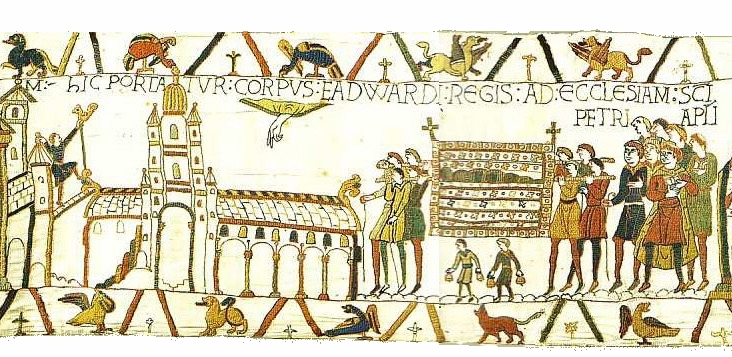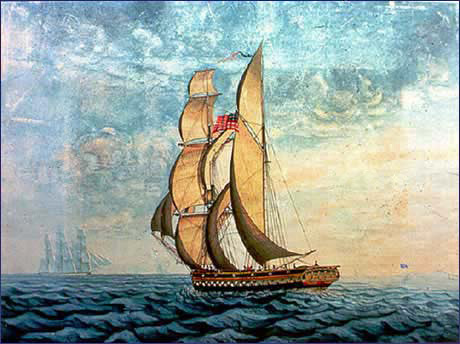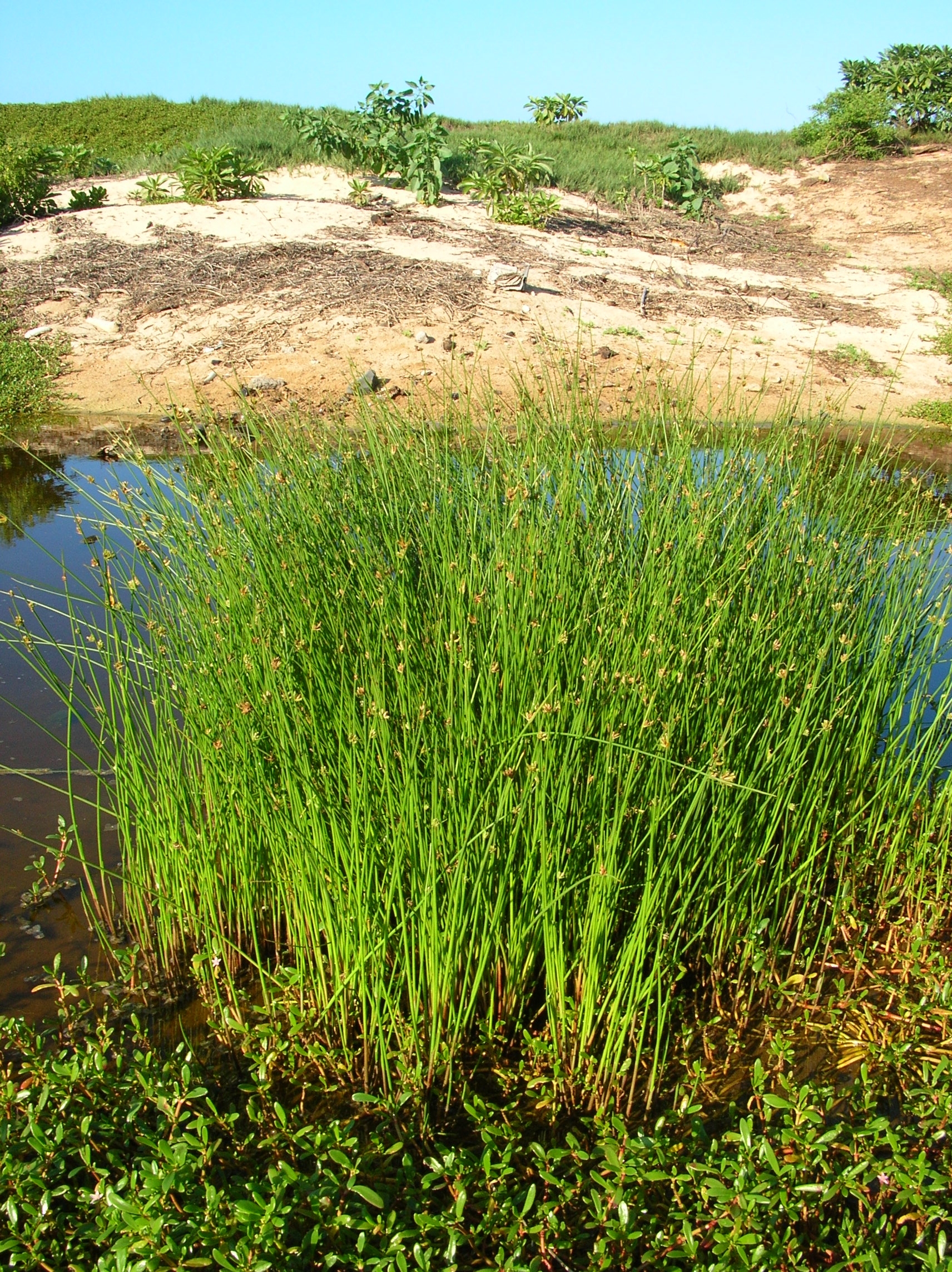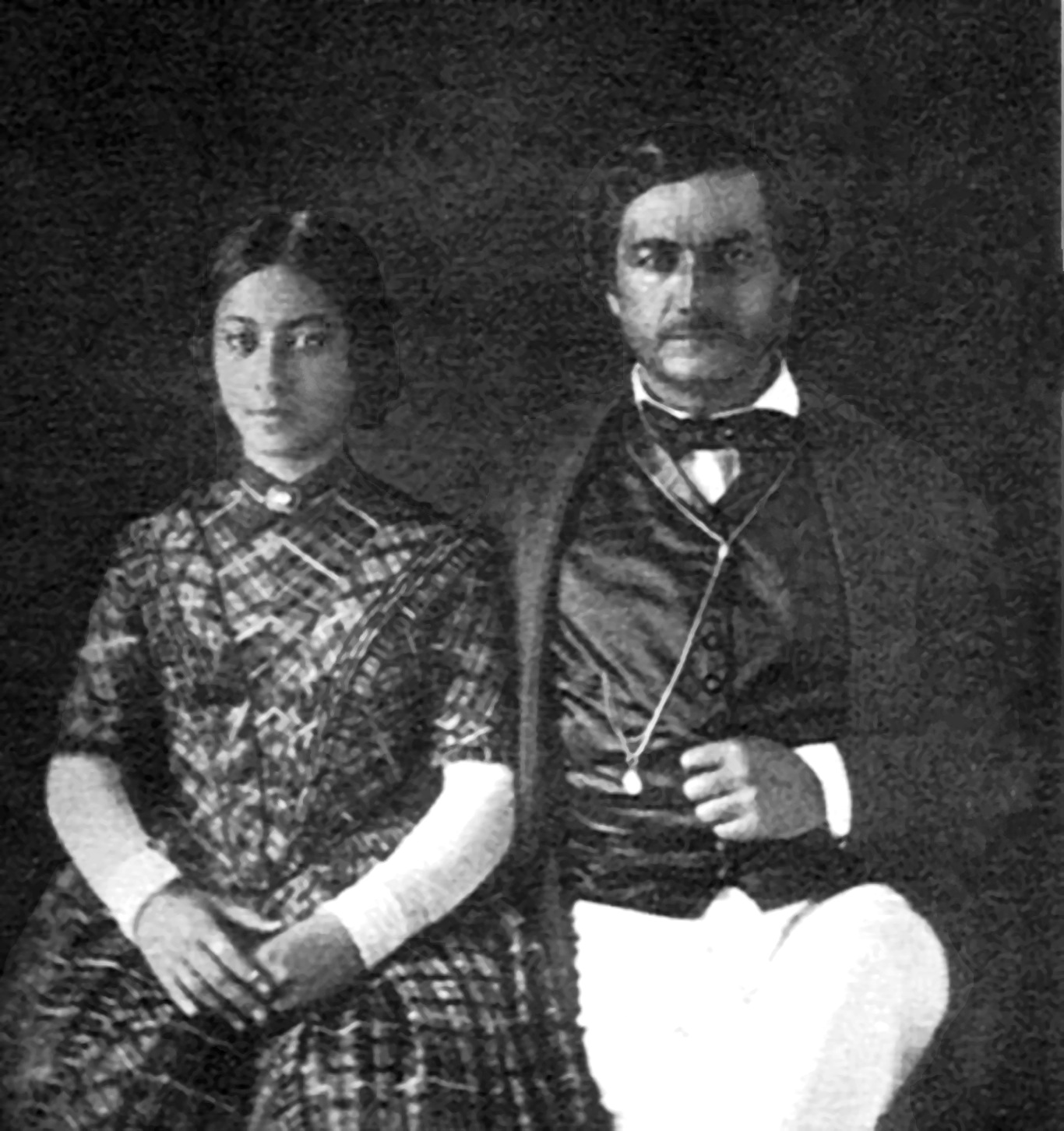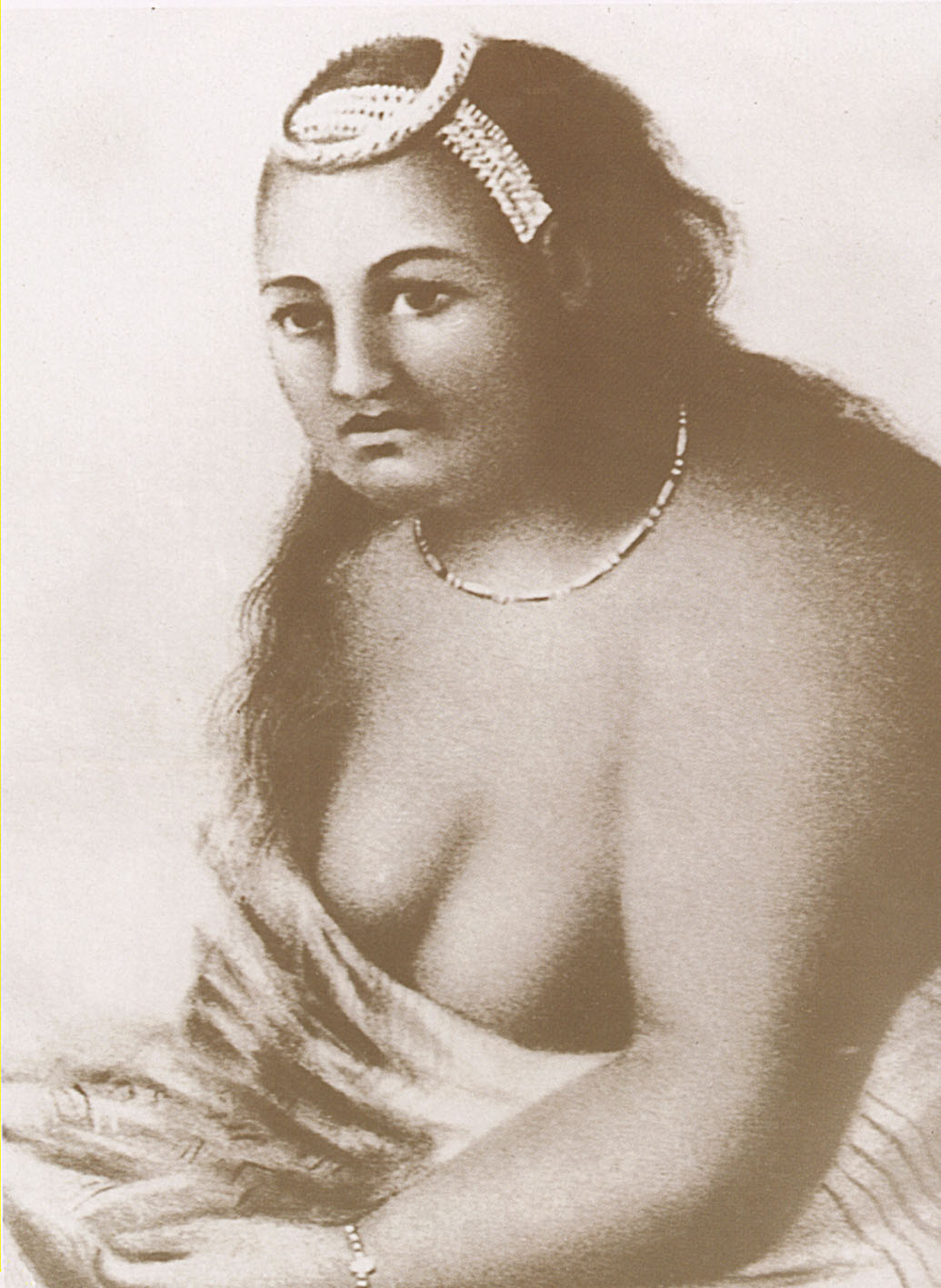|
ĘŧIolani Palace
The Iolani Palace ( haw, Hale AliĘŧi ĘŧIolani) was the royal residence of the rulers of the Kingdom of Hawaii beginning with Kamehameha III under the Kamehameha Dynasty (1845) and ending with Queen LiliĘŧuokalani (1893) under the KalÄkaua Dynasty, founded by her brother, King David KalÄkaua. It is located in the capitol district of downtown Honolulu in the U.S. state of Hawaii. It is now a National Historic Landmark listed on the National Register of Historic Places. After the monarchy was overthrown in 1893, the building was used as the capitol building for the Provisional Government, Republic, Territory, and State of Hawaii until 1969. The palace was restored and opened to the public as a museum in 1978. The ĘŧIolani Palace is the only royal palace on US soil. Early history Pohukaina and the House of Kamehameha In the early 19th century, the site of ĘŧIolani Palace was near an ancient burial site was known as Pohukaina. It is believed to be the name of a chief (some ... [...More Info...] [...Related Items...] OR: [Wikipedia] [Google] [Baidu] |
Hawaii Capital Historic District
The Hawaii Capital Historic District in Honolulu, Hawaii, has been the center of government of Hawaii since 1845. Location With the grounds of Iolani Palace and the Hawaii State Capitol at its core, the historic district reaches inland across Beretania Street to include the buildings and grounds of Washington Place and St. Andrew's Cathedral; crosses Richards Street to include the former Armed Services YMCA Building, YWCA Building, and Hawaiian Electric Company Building; crosses Queen Street on the seaward side to include State Tax Office Building; and reaches across Punchbowl Street to include the buildings and grounds of Kawaiahao Church and Mission Houses below King Street and the city government core of Honolulu Hale and the Mission Memorial Building and Annex above King Street. Its architectural styles range from 19th-century adaptations of New England homes, through the Italianate Renaissance Revival and Neoclassical edifices of the Monarchy, through the Beaux ... [...More Info...] [...Related Items...] OR: [Wikipedia] [Google] [Baidu] |
Territory Of Hawaii
The Territory of Hawaii or Hawaii Territory (Hawaiian language, Hawaiian: ''PanalÄĘŧau o HawaiĘŧi'') was an organized incorporated territories of the United States, organized incorporated territory of the United States that existed from April 30, 1900, until August 21, 1959, when most of its territory, excluding Palmyra Atoll, Palmyra Island, was admitted to the United States as the 50th U.S. state, the Hawaii, State of Hawaii. The Hawaii Admission Act specified that the State of Hawaii would not include Palmyra Island, the Midway Atoll, Midway Islands, Kingman Reef, and Johnston Atoll, which includes Johnston (or Kalama) Island and Sand Island. On July 4, 1898, the United States Congress passed the Newlands Resolution authorizing the U.S. annexation of the Republic of Hawaii, and five weeks later, on August 12, Hawaii became a Territories of the United States, U.S. territory. In April 1900 Congress approved the Hawaiian Organic Act which organized the territory. United Sta ... [...More Info...] [...Related Items...] OR: [Wikipedia] [Google] [Baidu] |
Westminster Abbey
Westminster Abbey, formally titled the Collegiate Church of Saint Peter at Westminster, is an historic, mainly Gothic church in the City of Westminster, London, England, just to the west of the Palace of Westminster. It is one of the United Kingdom's most notable religious buildings and since Edward the Confessor, a burial site for English and, later, British monarchs. Since the coronation of William the Conqueror in 1066, all coronations of English and British monarchs have occurred in Westminster Abbey. Sixteen royal weddings have occurred at the abbey since 1100. According to a tradition first reported by Sulcard in about 1080, a church was founded at the site (then known as Thorney Island) in the seventh century, at the time of Mellitus, Bishop of London. Construction of the present church began in 1245 on the orders of Henry III. The church was originally part of a Catholic Benedictine abbey, which was dissolved in 1539. It then served as the cathedral of the ... [...More Info...] [...Related Items...] OR: [Wikipedia] [Google] [Baidu] |
KamÄmalu
KamÄmalu Kalani-KuaĘŧana-o-Kamehamalu-KekÅŦÄiwa-o-kalani-KealiĘŧi-HoĘŧopili-a-Walu (â1824) was Queen consort of the Kingdom of HawaiĘŧi as the wife of King Kamehameha II. KamÄmalu was short for Kamehamalu or Kamehamehamalu meaning "the Shade of the Lonely One", honoring her father, "the Lonely One". She is not to be confused with her niece, Princess Victoria KamÄmalu. Life She was the eldest daughter of Queen KalÄkua KaheiheimÄlie and King Kamehameha I. She was referred to as KekÅŦÄiwa for the early part of her life. According to John Papa ĘŧÄŠĘŧÄŦ, she was betrothed to her half-brother Kamehameha II from birth and they were married when she was twelve and he was seventeen or eighteen. Her younger sister KÄŦnaĘŧu later also became wife of Kamehameha II as did their half-sister Kekauluohi by their mothers Kalakua Kaheiheimalie. Even though her husband had four other wives (two of them her sisters and the two others her nieces), KamÄmalu was her husband's favorite wi ... [...More Info...] [...Related Items...] OR: [Wikipedia] [Google] [Baidu] |
Kamehameha II
Kamehameha II (November 1797 â July 14, 1824) was the second king of the Kingdom of Hawaii. His birth name was Liholiho and full name was Kalaninui kua Liholiho i ke kapu ĘŧIolani. It was lengthened to Kalani KaleiĘŧaimoku o Kaiwikapu o LaĘŧamea i Kauikawekiu Ahilapalapa KealiĘŧi Kauinamoku o Kahekili Kalaninui i Mamao ĘŧIolani i Ka Liholiho when he took the throne. Early life Kamehameha II was born in the month of HanaiaĘŧeleĘŧele (corresponding to November) 1797 in Hilo, on the island of HawaiĘŧi, the first born son of Kamehameha I with his highest-ranking wife KeÅpuolani. It was originally planned that he would be born at the KÅŦkaniloko birth site on the island of OĘŧahu but the Queen's sickness prevented travel. Given in care to his father's trusted servant Hanapi, who took the child to rear him in the lands of Kalaoa in Hilo Paliku, he was taken back, after five or six months, by his maternal grandmother KekuĘŧiapoiwa Liliha because she felt he was not getting th ... [...More Info...] [...Related Items...] OR: [Wikipedia] [Google] [Baidu] |
AliĘŧi
The aliĘŧi were the traditional nobility of the Hawaiian islands. They were part of a hereditary line of rulers, the ''noho aliĘŧi''. The word ''aliĘŧi'' has a similar meaning in the Samoan language and other Polynesian languages, and in MÄori it is pronounced "ariki". Background In ancient Hawaiian society, the ''aliĘŧi'' were hereditary nobles (a social class or caste). The ''aliĘŧi'' consisted of the higher and lesser chiefs of the various levels on the islands. The ''noho aliĘŧi'' were the ruling chiefs. The ''aliĘŧi'' were believed to be descended from the deities. There were eleven classes of ''aliĘŧi'', of both men and women. These included the '' kahuna'' (priestesses and priests, experts, craftsmen, and canoe makers) as part of four professions practiced by the nobility. Each island had its own aliĘŧi nui, who governed their individual systems. ''AliĘŧi'' continued to play a role in the governance of the Hawaiian islands until 1893, when Queen LiliĘŧuokalani was ove ... [...More Info...] [...Related Items...] OR: [Wikipedia] [Google] [Baidu] |
Heiau
A ''heiau'' () is a Hawaiian temple. Made in different architectural styles depending upon their purpose and location, they range from simple earth terraces, to elaborately constructed stone platforms. There are heiau to treat the sick (''heiau hÅola''), offer first fruits, offer first catch, start rain, stop rain, increase the population, ensure the health of the nation, achieve success in distant voyaging, reach peace, and achieve success in war (''luakini''). Only the luakini was dedicated through human sacrifice. There are two types of luakini. They were called the ''ohia ko'' and ''hakuohia''.Samuel Kamakau, ''Ka Poe Kahiko; The People of Old'' (Honolulu: Bishop Museum Press, 1993), 130. After the official end of Hawaiian religion in 1819 and with later pressure from Christian missionaries (who first arrived in 1820), many were deliberately destroyed, while others were allowed to fall into disrepair. Heiau are still considered sacred by many of the inhabitants of Haw ... [...More Info...] [...Related Items...] OR: [Wikipedia] [Google] [Baidu] |
Makaloa Mat
''Cyperus laevigatus'' is a species of sedge known by the common name smooth flatsedge. Distribution ''Cyperus laevigatus'' is grows in wet areas, especially in brackish water, wet alkaline soils, mineral-rich hot springs, and other moist saline and alkaline habitat. It is known from the beaches of the Hawaiian Islands and salty pools in the deserts of the Southwestern United States (California, Arizona, Texas) down through Mexico and Central America to South America. It is also widespread across most of the West Indies, Africa, the Mediterranean Basin, the Middle East, India, Central Asia, Australia and various oceanic islands. Description ''Cyperus laevigatus''is a perennial sedge growing up to 60 centimeters tall, sometimes in clumps interconnected on a horizontal rhizome. The inflorescence is a small array of cylindrical spikelets with one to three leaflike bracts at the base. The spikelets vary in color from green to reddish to dark brown. History In Hawai'i, ''Cyperus ... [...More Info...] [...Related Items...] OR: [Wikipedia] [Google] [Baidu] |
Keoni Ana
Keoni Ana, full name John Kalaipaihala Young II (March 12, 1810 â July 18, 1857), was a politician in the Kingdom of Hawaii, serving as Kuhina Nui of the Hawaiian Islands and Minister of Interior. Early life Keoni Ana was born on March 12, 1810 in Kawaihae, Hawaii. He was the only son of John Young, the English sailor who became a trusted adviser to King Kamehameha I, by his second wife KaĘŧÅanaĘŧeha, the niece of Kamehameha I. He was the elder brother of Jane Lahilahi, younger brother of Fanny Kekelaokalani and Grace Kamaikui, and younger half-brother of James KÄnehoa and Robert Young. He, his siblings, and Isaac Davis' children, grew up on their father's homestead granted to them by the king, overlooking the Kawaihae Bay. It is now part of the PuĘŧukoholÄ Heiau National Historic Site. Politics He grew up as the favorite companion of Prince Kauikeaouli, who took the throne as King Kamehameha III. The two friends' relationship was severely damaged when Keon ... [...More Info...] [...Related Items...] OR: [Wikipedia] [Google] [Baidu] |
KekÅŦanÄoĘŧa
Mataio KekÅŦanaÅĘŧa ( â November 24, 1868), formally referred to as His Honor or His Highness, was a Hawaiian politician who served as governor of the island of Oahu, father of two kings, Kamehameha IV and Kamehameha V, and held the office of Kuhina Nui as did his wife, KÄŦnaĘŧu and their daughter, Victoria KamÄmalu. His first name is the Hawaiian form of Matthew. KekÅŦanaÅĘŧa translates as "the standing projection" in the Hawaiian language. Parentage and early life KekÅŦanaÅĘŧa was born sometime around the year 1791. His mother is believed to be Inaina. While an obituary at his death identified his father as NÄhiĘŧÅleĘŧa, on March 14, 1879 the Hawaiian Supreme court identified KiĘŧilaweau as the father of Kekuanaoa in probate using the genealogy books of the royal family, proving a legal bloodline line from KeĘŧelikÅlani back to KiĘŧilaweau's grandmother, Moana. John Papa ĘŧÄŠĘŧÄŦ's uncle NÄhiĘŧÅleĘŧa, the aliĘŧi that took Kalanikapule's side against Kamehameha I ... [...More Info...] [...Related Items...] OR: [Wikipedia] [Google] [Baidu] |
Charles Kanaina
Charles is a masculine given name predominantly found in English language, English and French language, French speaking countries. It is from the French form ''Charles'' of the Proto-Germanic, Proto-Germanic name (in runic alphabet) or ''*karilaz'' (in Latin alphabet), whose meaning was "free man". The Old English descendant of this word was ''Churl, Äearl'' or ''Äeorl'', as the name of King Cearl of Mercia, that disappeared after the Norman conquest of England. The name was notably borne by Charlemagne (Charles the Great), and was at the time Latinisation of names, Latinized as ''Karolus'' (as in ''Vita Karoli Magni''), later also as ''Carolus (other), Carolus''. Some Germanic languages, for example Dutch language, Dutch and German language, German, have retained the word in two separate senses. In the particular case of Dutch, ''Karel'' refers to the given name, whereas the noun ''kerel'' means "a bloke, fellow, man". Etymology The name's etymology is a Common ... [...More Info...] [...Related Items...] OR: [Wikipedia] [Google] [Baidu] |
Kuhina Nui
Kuhina Nui was a powerful office in the Kingdom of Hawaii from 1819 to 1864. It was usually held by a relative of the king and was the rough equivalent of the 19th-century European office of Prime Minister or sometimes Regent. Origin of the office Before the establishment of the office of ''Kuhina Nui'' by Kamehameha, there was a position called KÄlaimoku ("kÄlai" meaning "to carve" and "moku" being an island). This was an ancient office from the very dawn of Hawaiian civilization. During this time before the ''Kuhina Nui'' Kalanimoku, a trusted chief of Kamehameha, was the KÄlaimoku until Kamehameha established the office of the ''Kuhina Nui''. When King Kamehameha II assumed the throne in 1819, his father's favorite wife, Queen KaĘŧahumanu, told him Kamehameha I had wished for her to rule the kingdom alongside him. Whether this was really the will of Kamehameha I is a matter of debate. In either case, Kamehameha II did not object and the office of ''Kuhina Nui'' was create ... [...More Info...] [...Related Items...] OR: [Wikipedia] [Google] [Baidu] |

.jpg)
